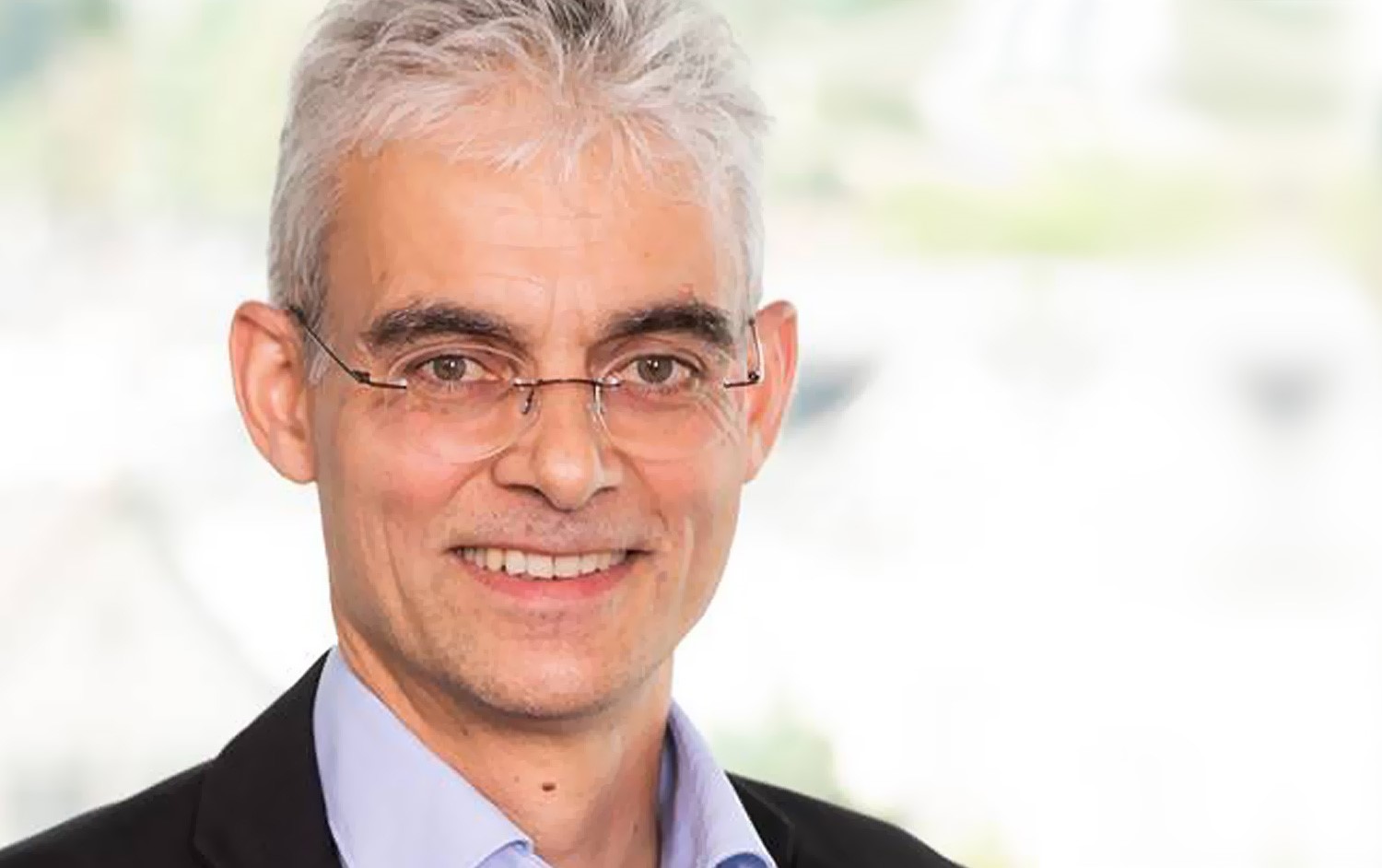DeCarbCH: What does the SWEET consortium want to achieve?
Heating and cooling without leaving a CO2 footprint. How can this be achieved with renewable energy sources, heat grids and energy storage? And where does the potential of negative emission technologies lie? These are the focal points that the DeCarbCH consortium is investigating.
DeCarbCH is led by the University of Geneva and is one of four consortia selected in the first call for proposals of the SWEET funding programme. In a video interview with Energeiaplus.com , research leader Martin Patel, Professor at the Chair of Energy Efficiency at the University of Geneva, explains the consortium project.
What does DeCarbCH hope to achieve with its consortium project?
Martin Patel: With our project, we are tackling the challenging task of decarbonizing the cooling and heating of buildings in just a few decades. We also want to lay the foundation for negative CO2 emission technologies.
The main aim is to facilitate and accelerate the use of renewable energy without additional risks - in industry, services and buildings.
How will the cooperation between the partners from other institutions in the project work?
Martin Patel: The DeCarbCH project involves 16 research partners from ten institutions plus an additional 40 cooperation partners from industry. We are working together on an interdisciplinary basis. What we want to achieve together are evidence-based options for action.
What role do the social sciences and humanities play in energy research?
Martin Patel: The social sciences play a significant role in the DeCarbCH project because we want to provide recommendations for action that are based on facts and knowledge. Evidence-based findings require a solid understanding on the technological and economic side, because we want to propose solutions that work. But these solutions must also be comprehensible to people.
SWEET - "SWiss Energy research for the Energy Transition" - is a research funding programme of the Swiss Federal Office of Energy (SFOE). The aim of SWEET is to promote innovations that make a significant contribution to the successful implementation of the Energy Strategy 2050 and the achievement of Switzerland's climate targets.This means that in order to rule out possible risks, we must always take into account the legal context, current legislation and any laws that are planned or in the pipeline.
And: we must take into account the role of the various stakeholders. Only if everyone is on board can this very complex transition to a new energy system succeed.
What concrete contribution is DeCarbCH making to the Energy Strategy 2050?
Martin Patel: We want to provide tools and guidelines so that these goals can be achieved. To do this, we first need to know which technologies or which combination of technologies are to be implemented. These must pass the practical test.
To do this, we need pilot and demonstration projects (P+D) and accompanying projects. And all this has to fit into the context of the big picture. This means that we have models at different levels.
By bringing all these elements together, we can make a contribution to the Energy Strategy 2050. Decision-makers can draw their conclusions on this basis.
Interview. Andrea Leu, Myriam Holzner, Communication Senarclens
 Shutterstock
Shutterstock

 BFEStandortsuche Tiefenlager radioaktive Abfälle: Co-Präsident der Regionalkonferenz vernetzt sich international
BFEStandortsuche Tiefenlager radioaktive Abfälle: Co-Präsident der Regionalkonferenz vernetzt sich international  ShutterstockDie zentrale Bundesverwaltung kompensiert ihre Treibhausgasemissionen
ShutterstockDie zentrale Bundesverwaltung kompensiert ihre Treibhausgasemissionen  ShutterstockLiving & Working: Bewerbungsprozess geht in die zweite Runde
ShutterstockLiving & Working: Bewerbungsprozess geht in die zweite Runde  ShutterstockChancen nutzen, Risiken mindern: KI im Energiesektor
ShutterstockChancen nutzen, Risiken mindern: KI im Energiesektor 
 Shutterstock
Shutterstock Shutterstock
Shutterstock
Nicht. Das lässt sich nicht machen. Am nächsten würde man dem mit Kernkraft kommen.